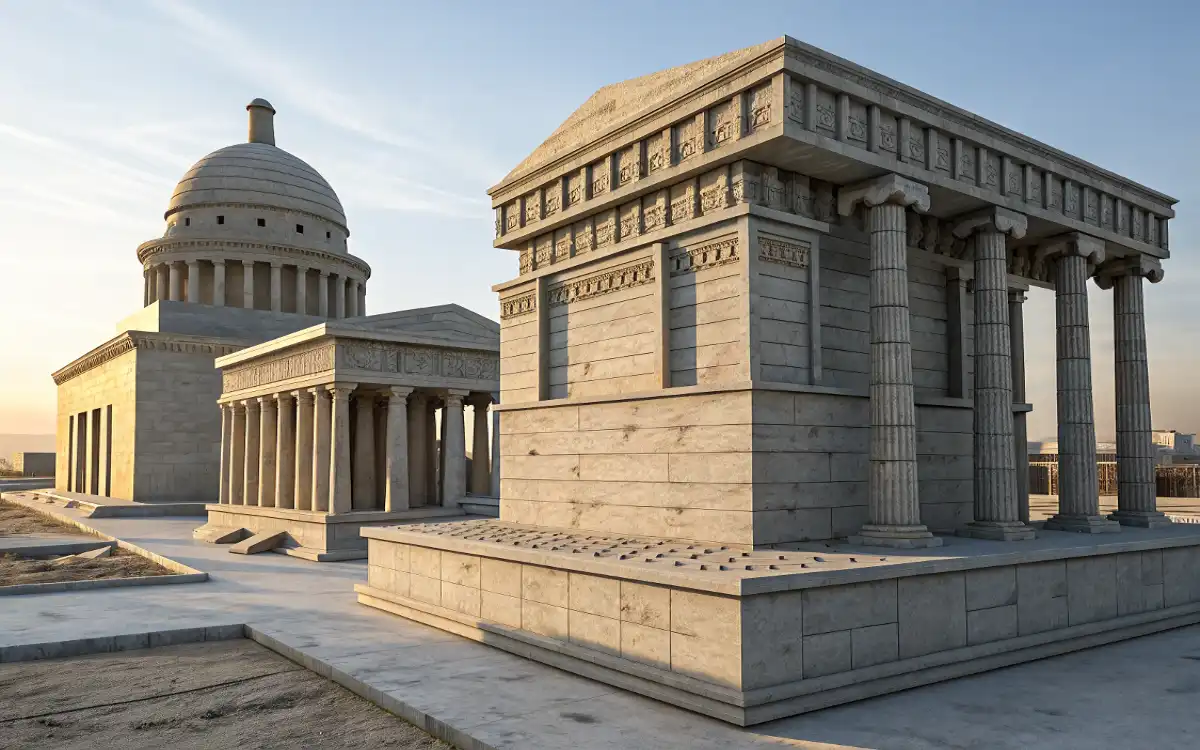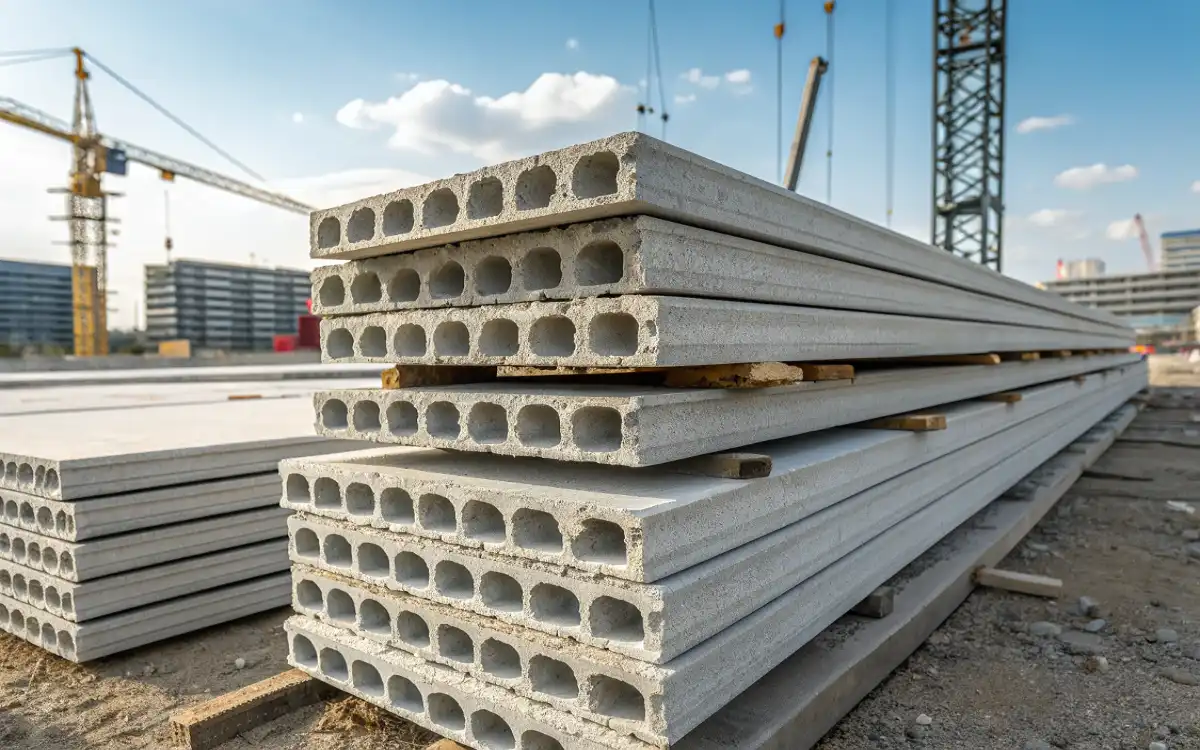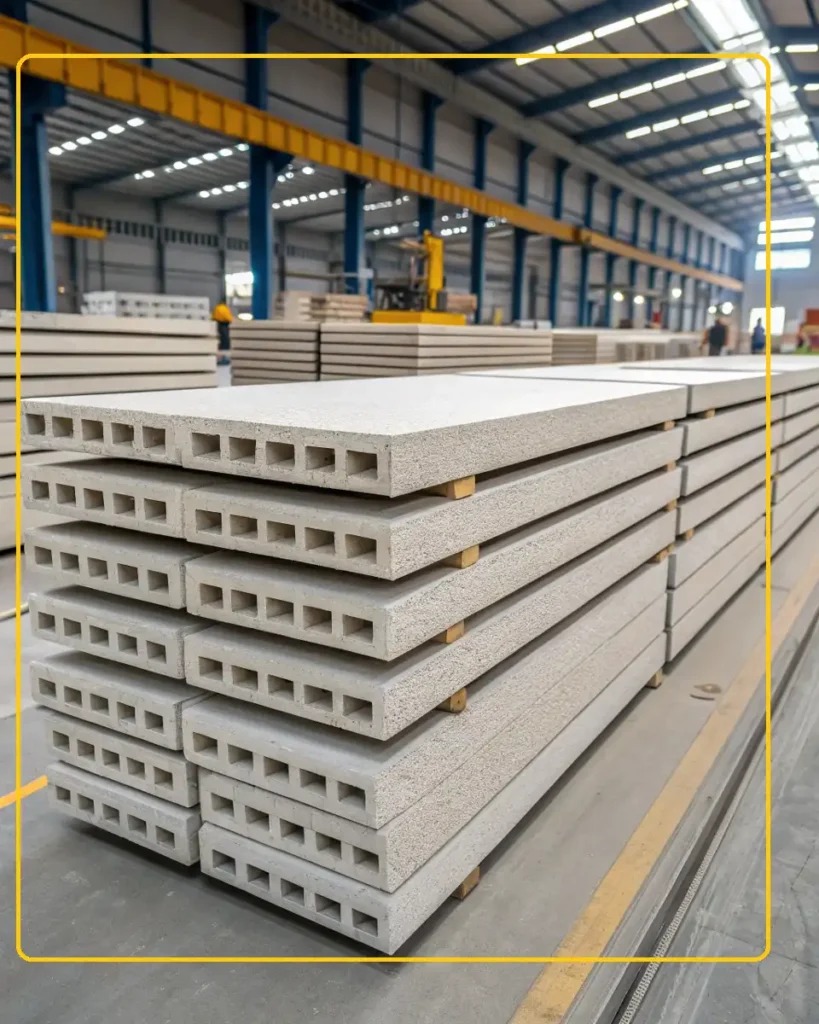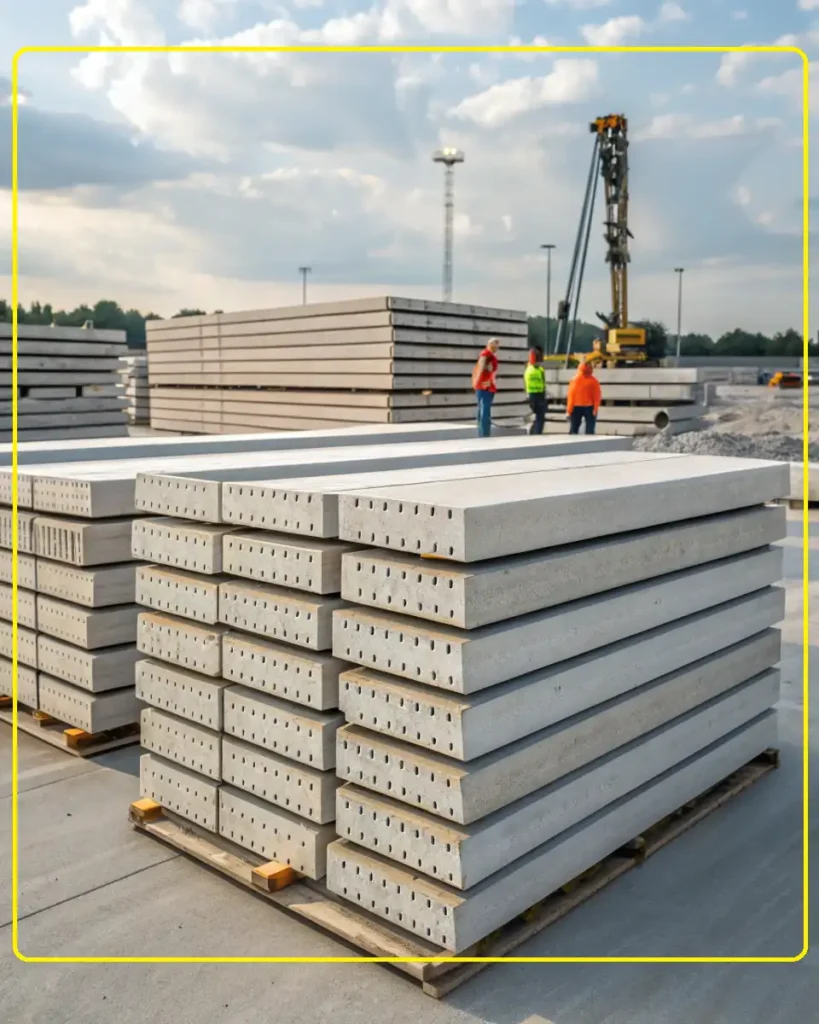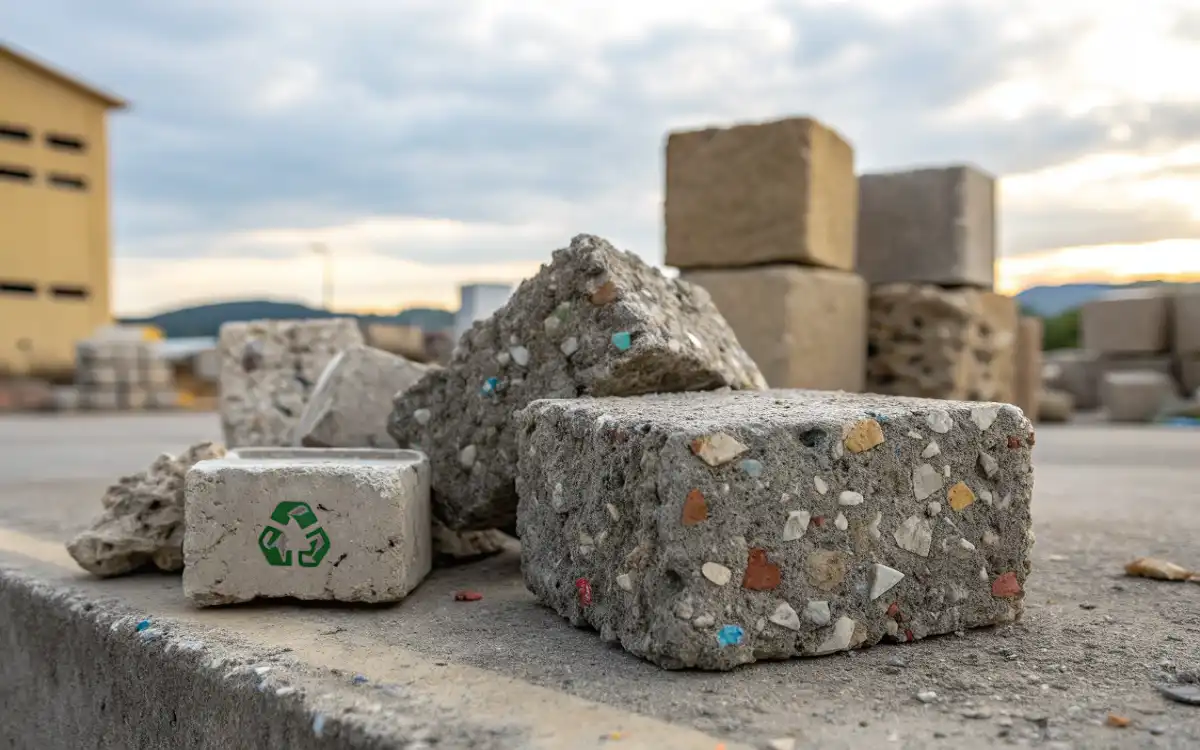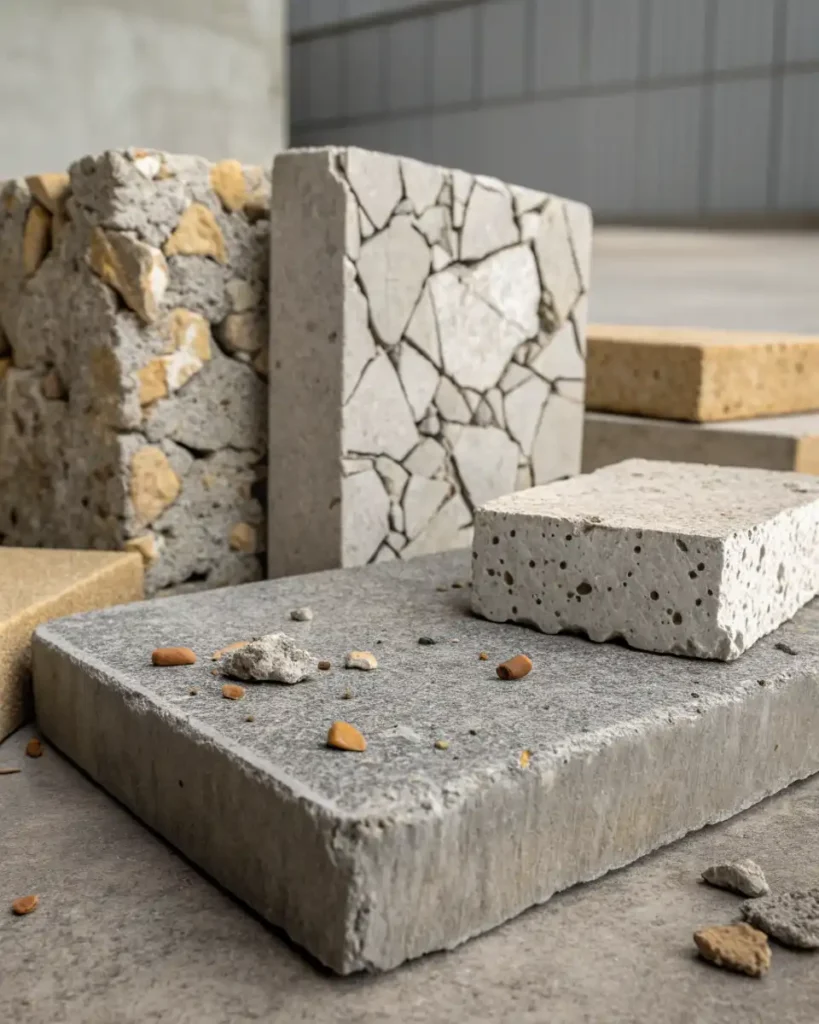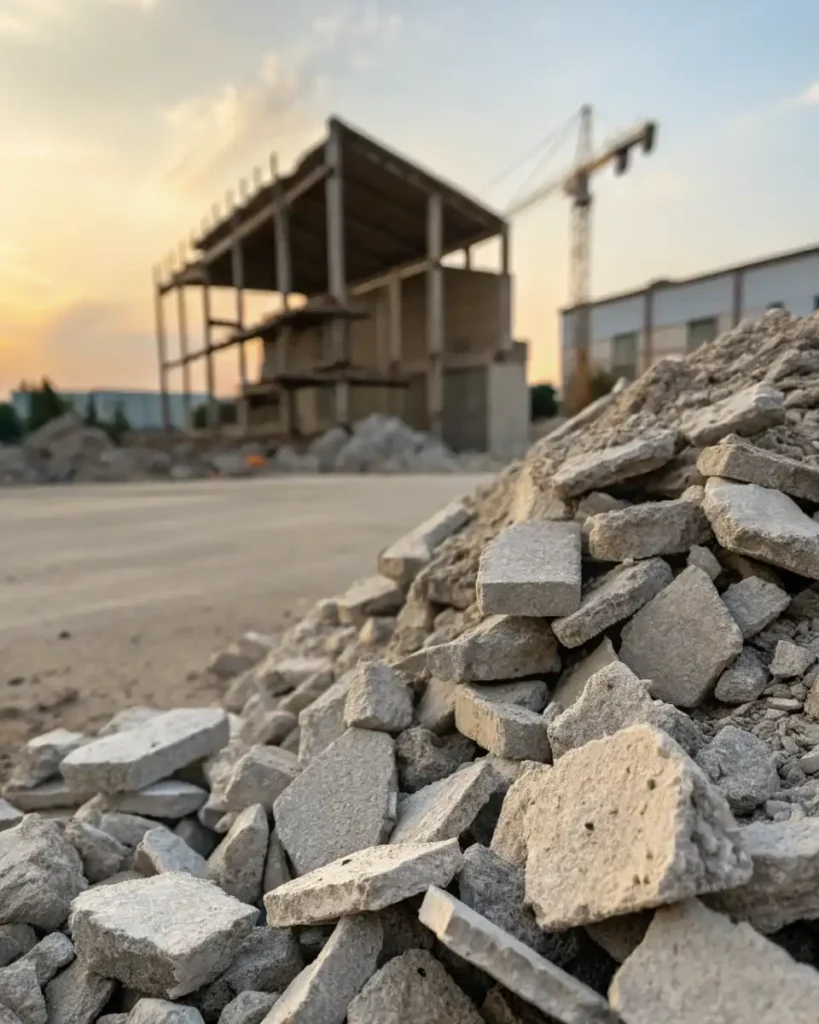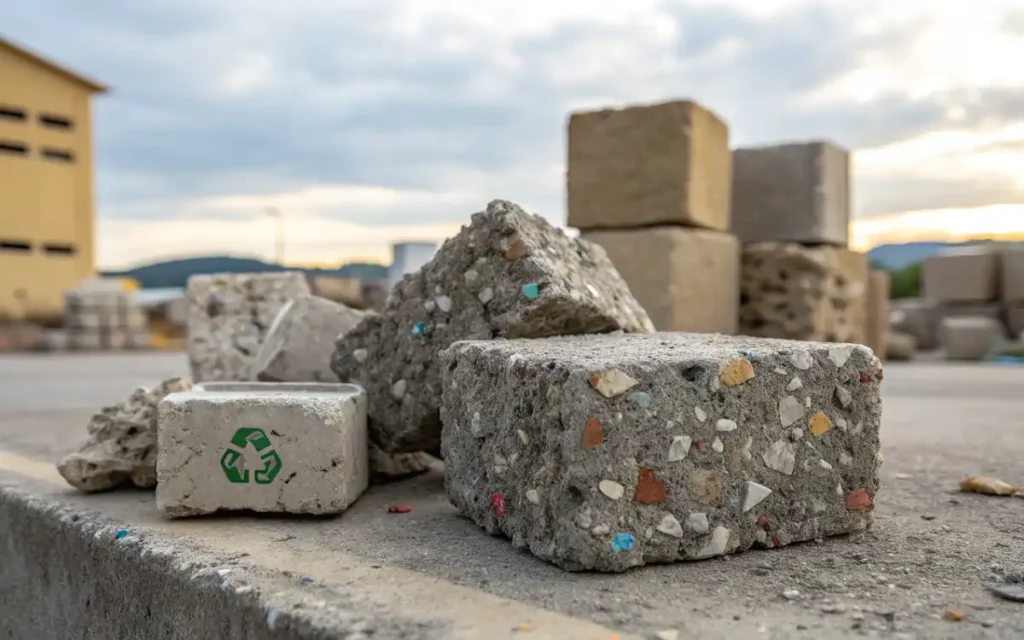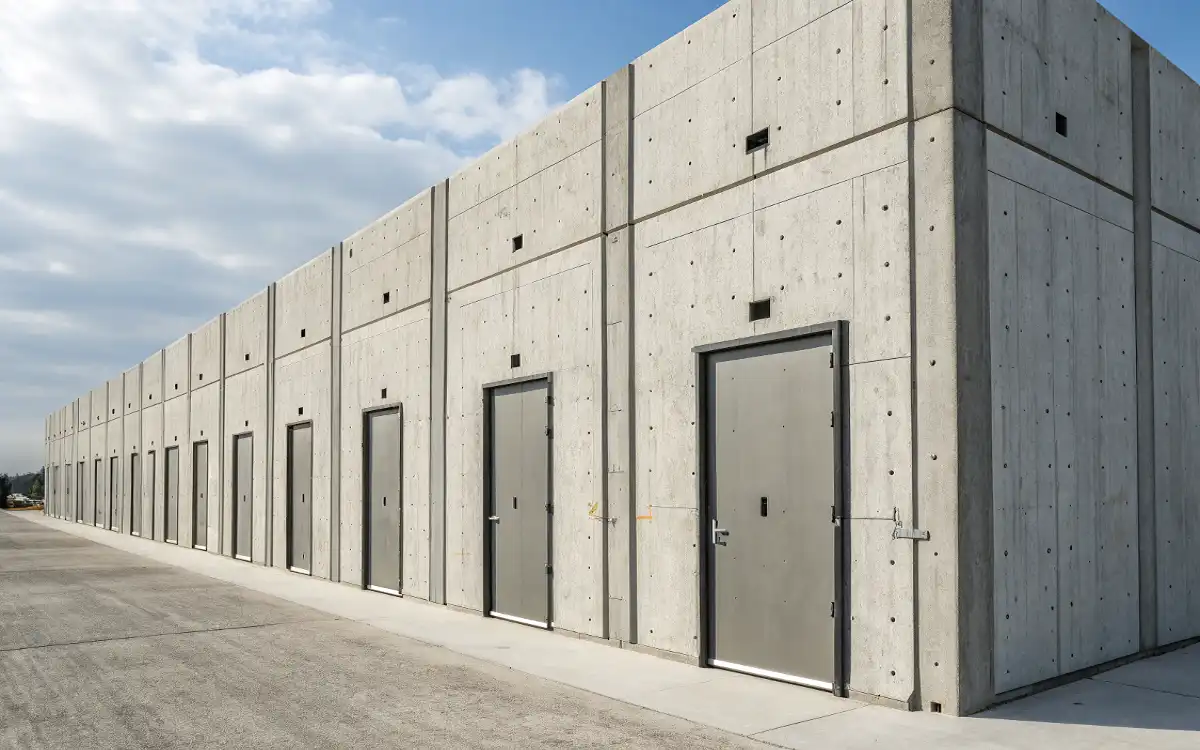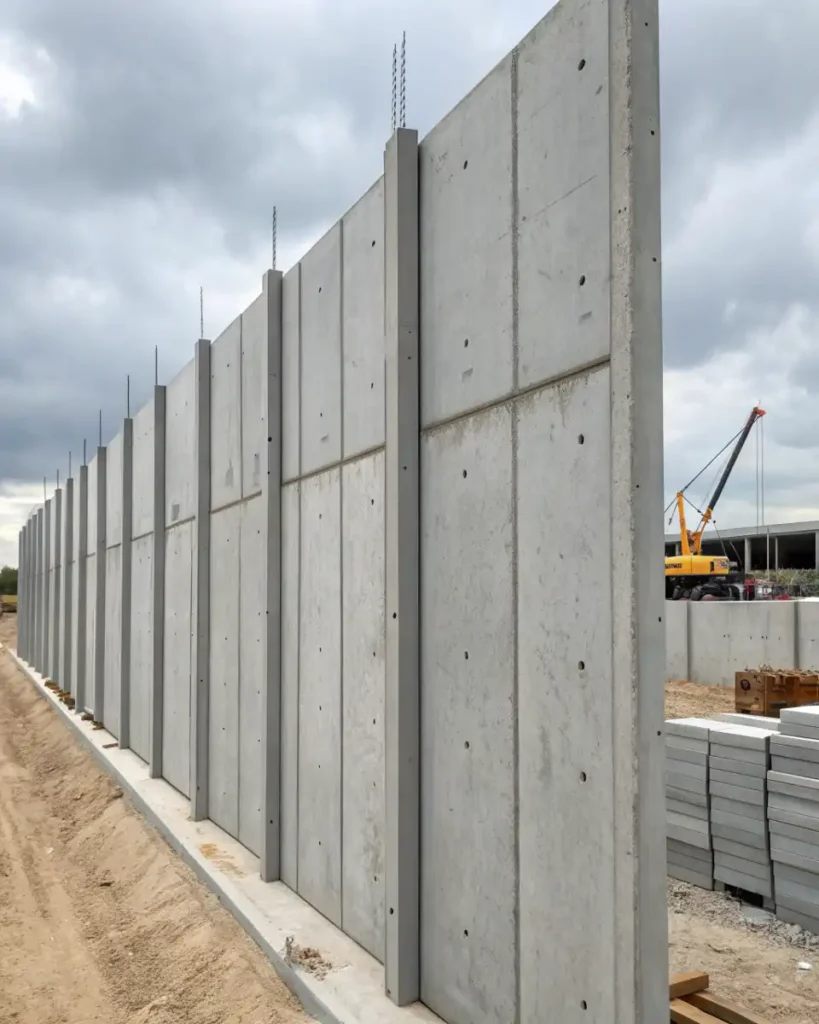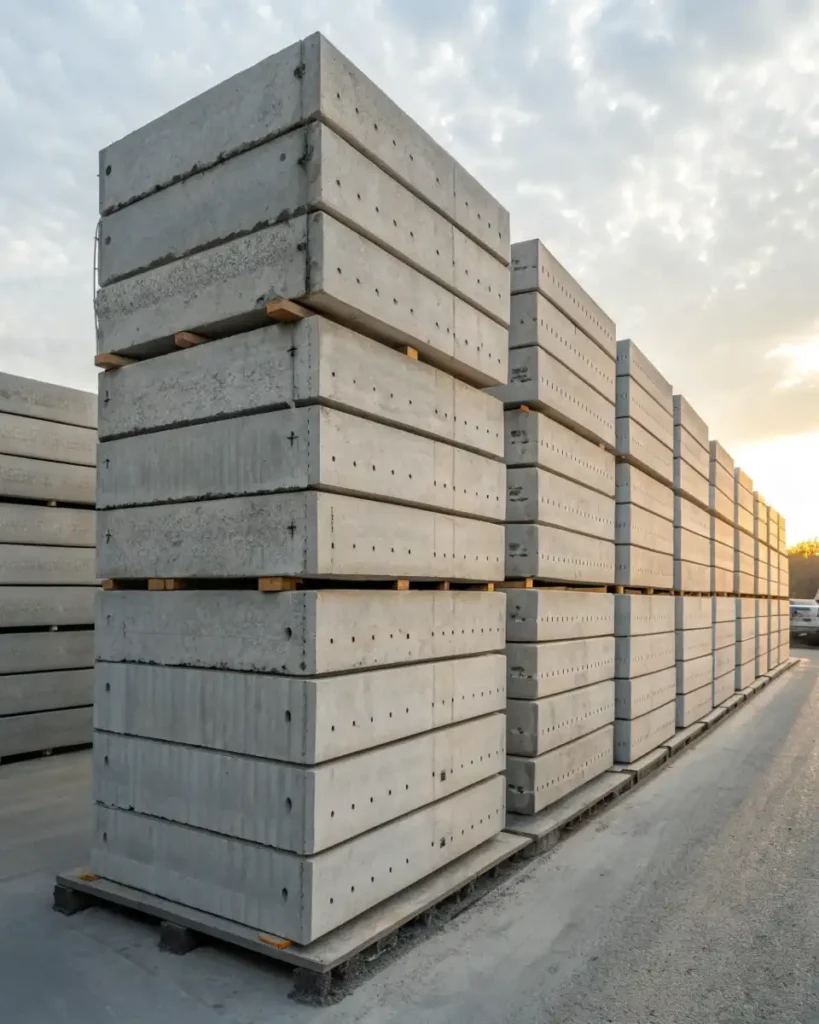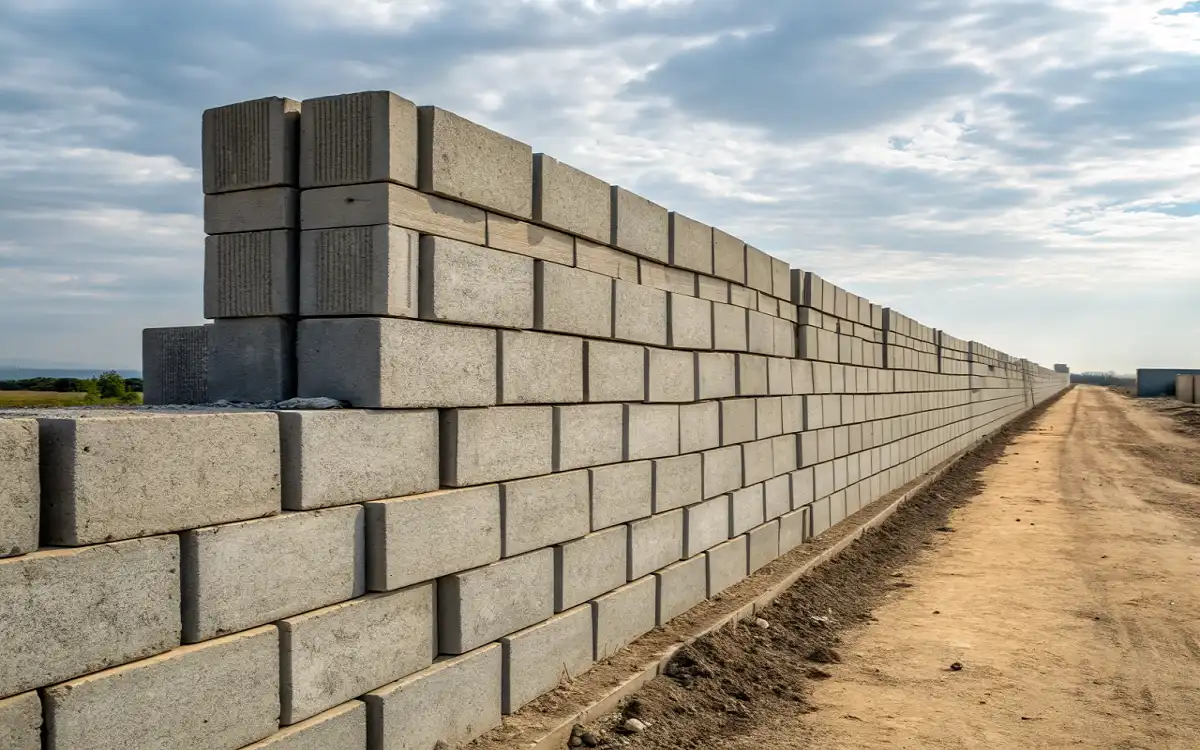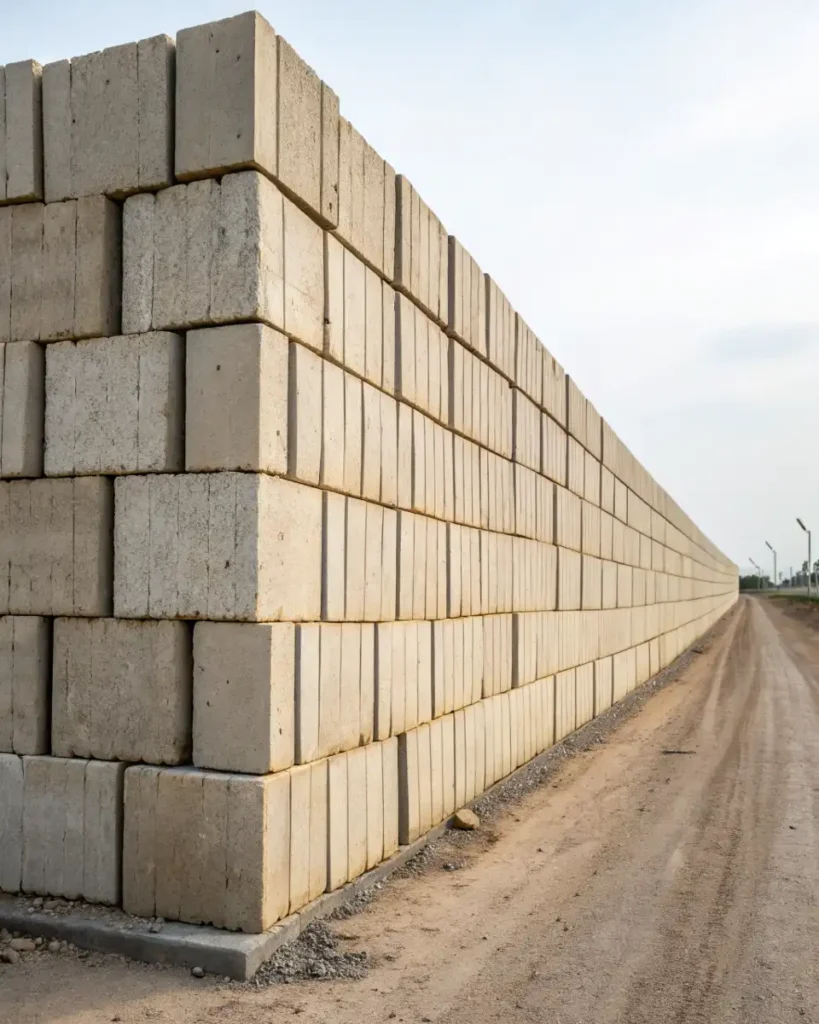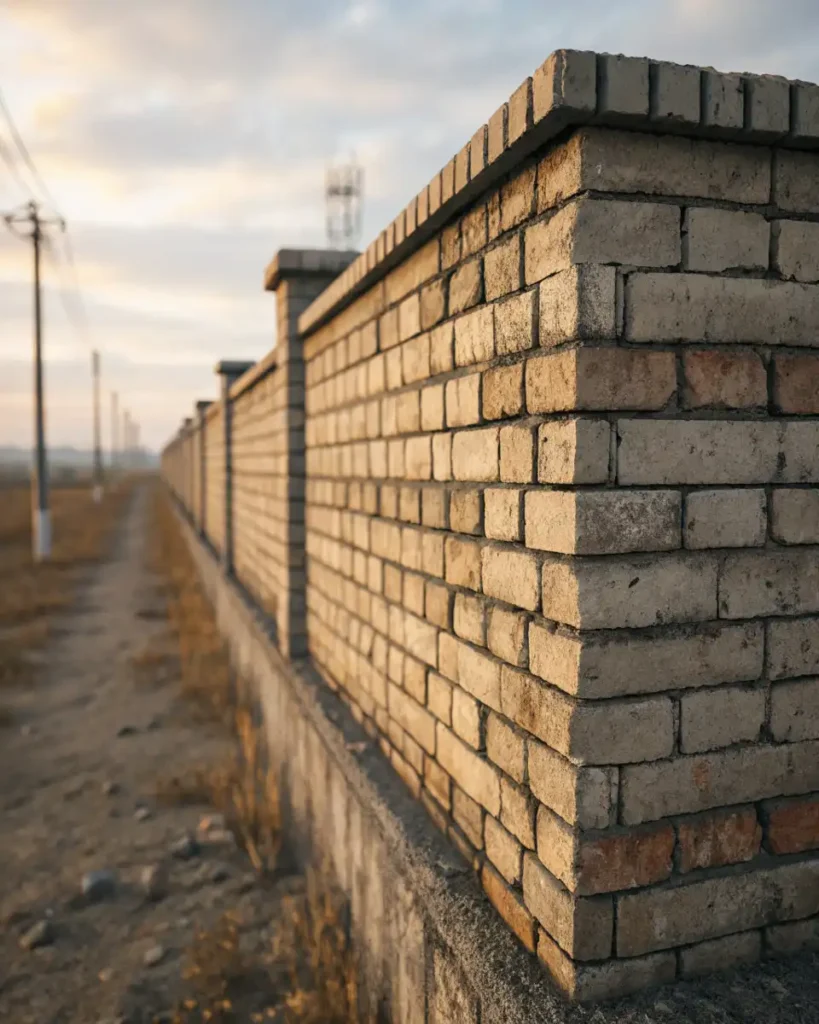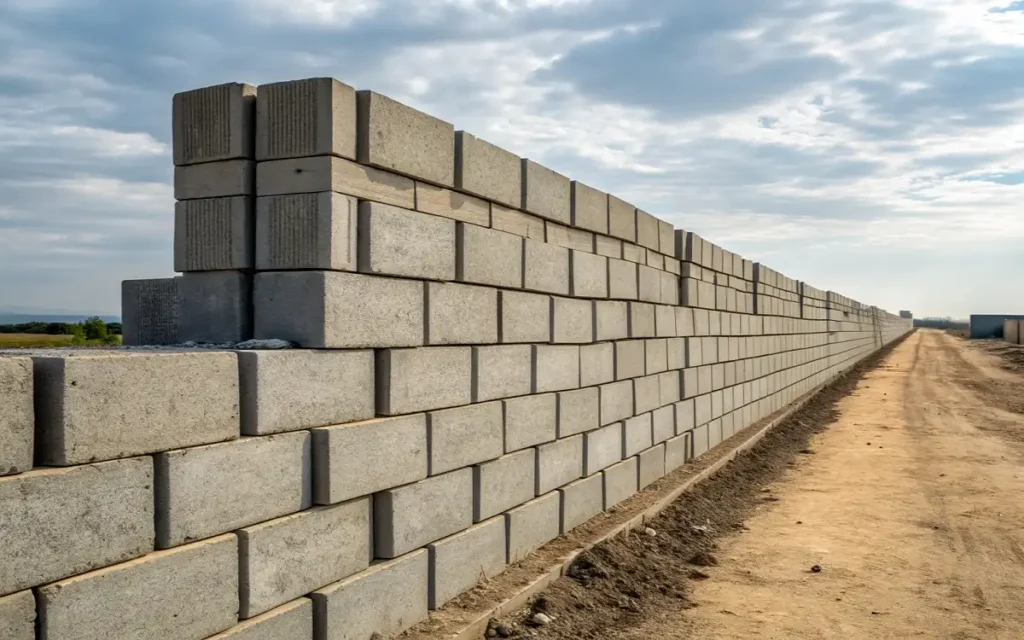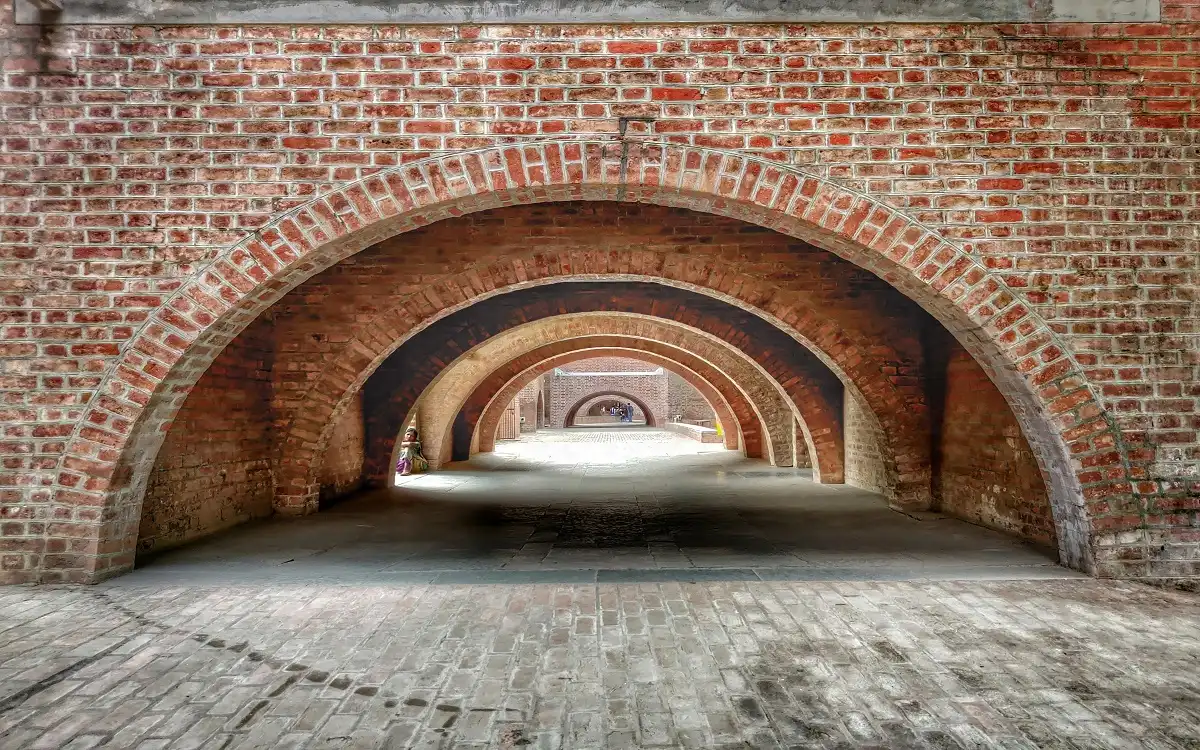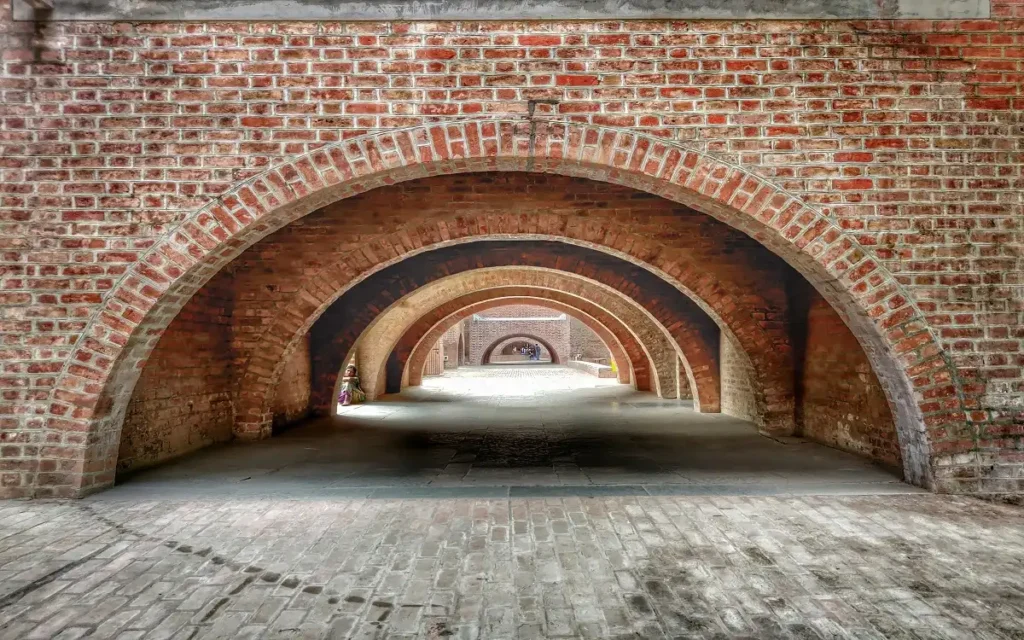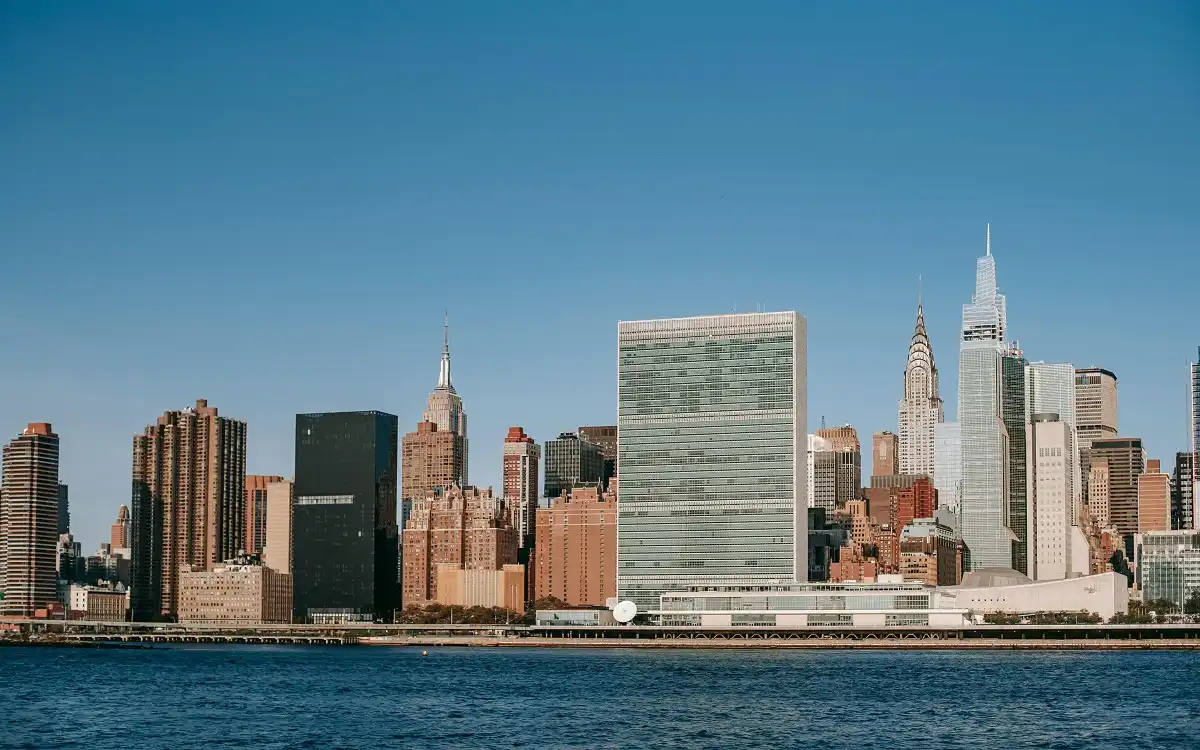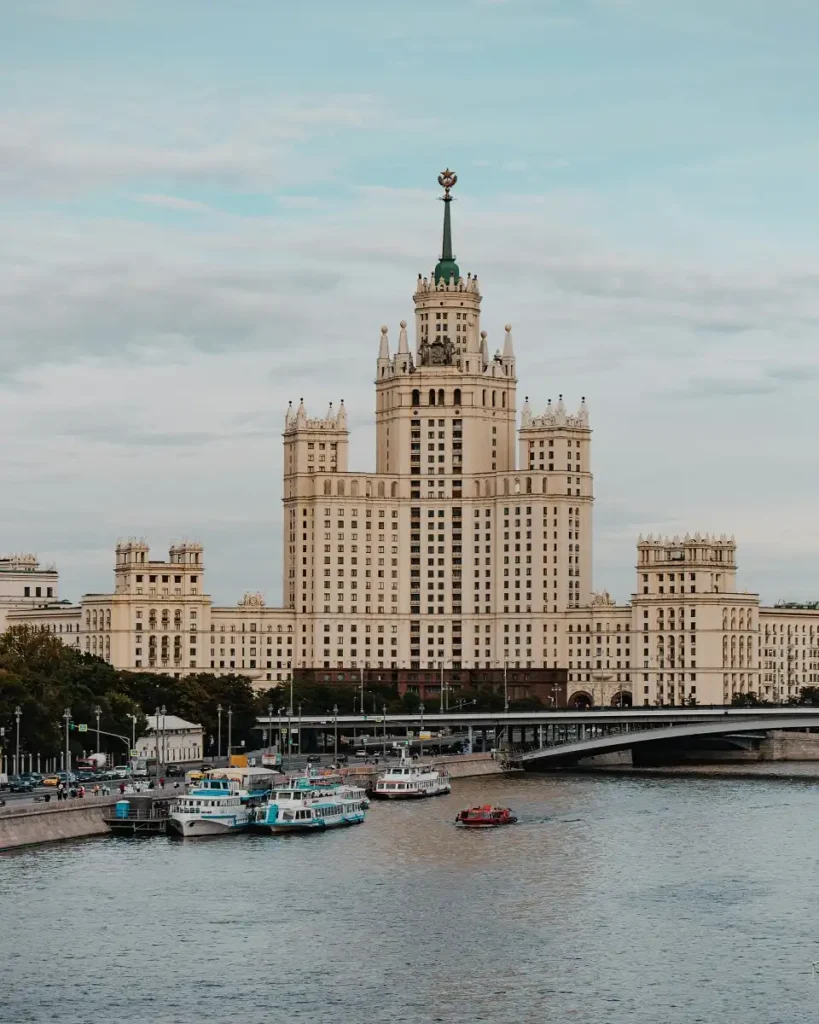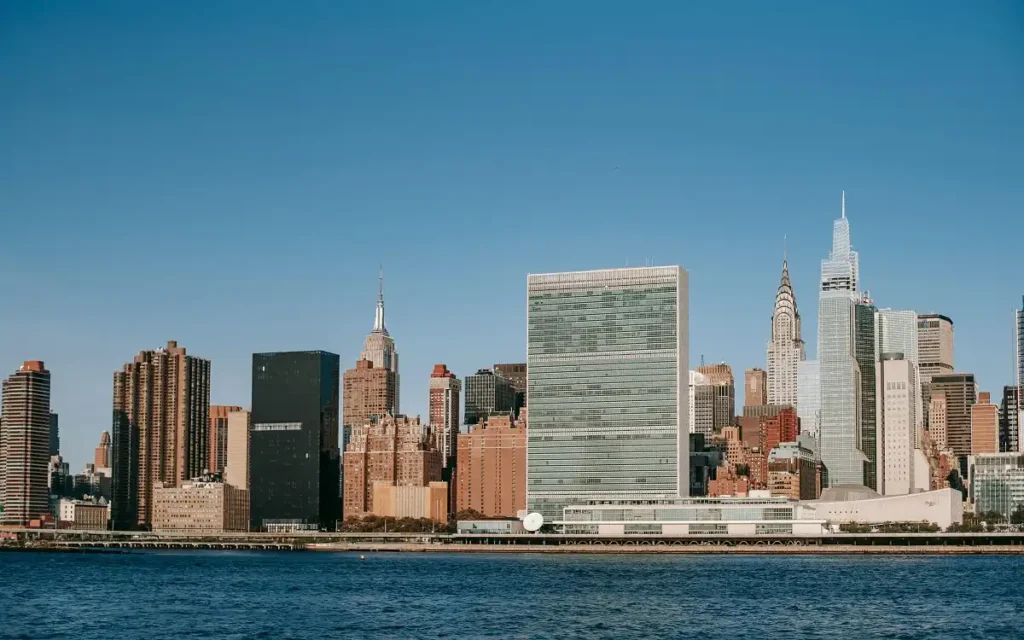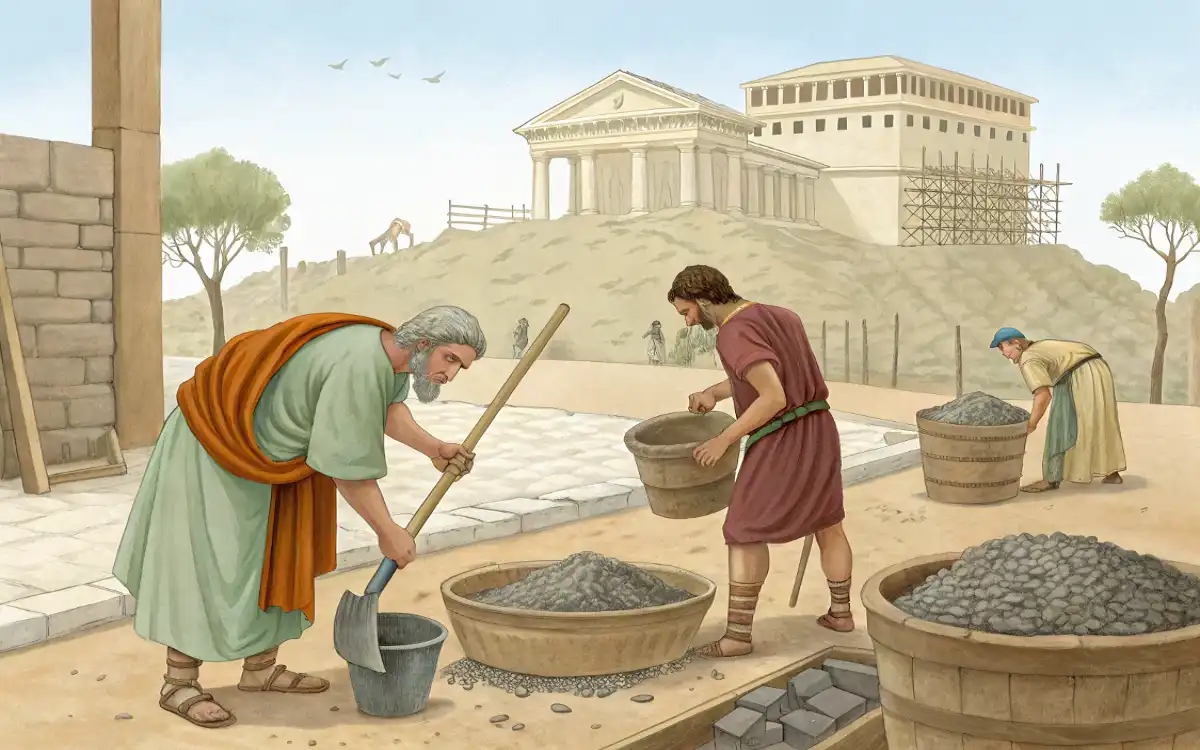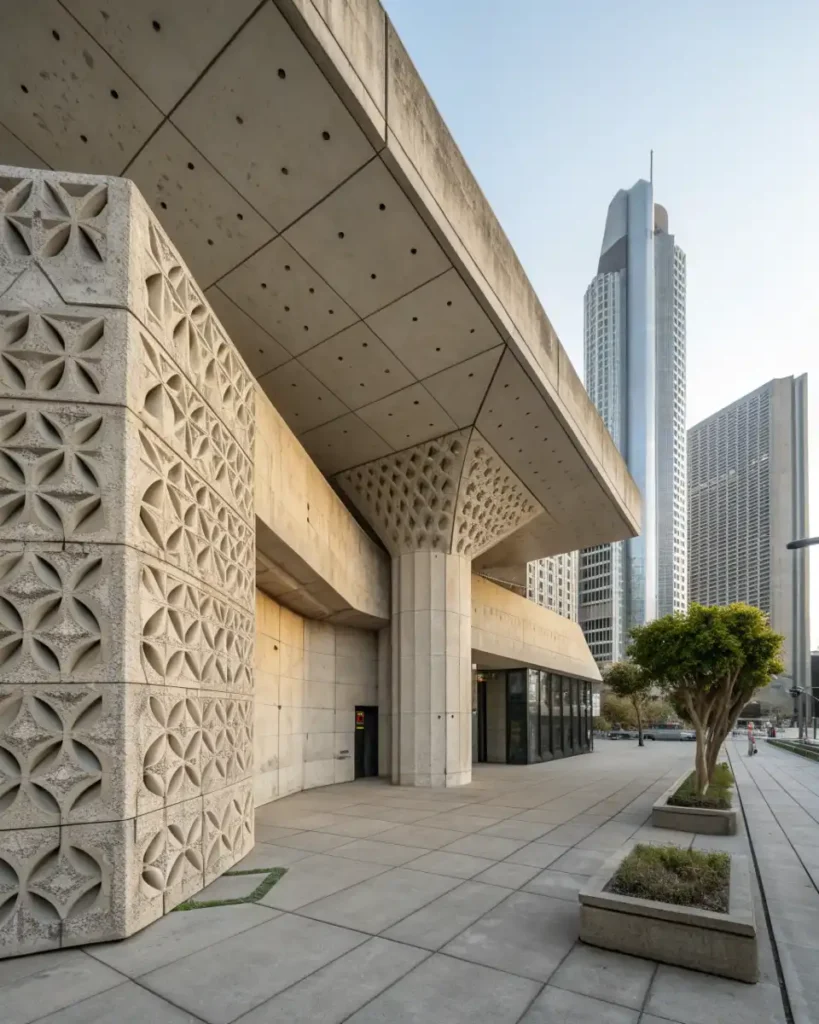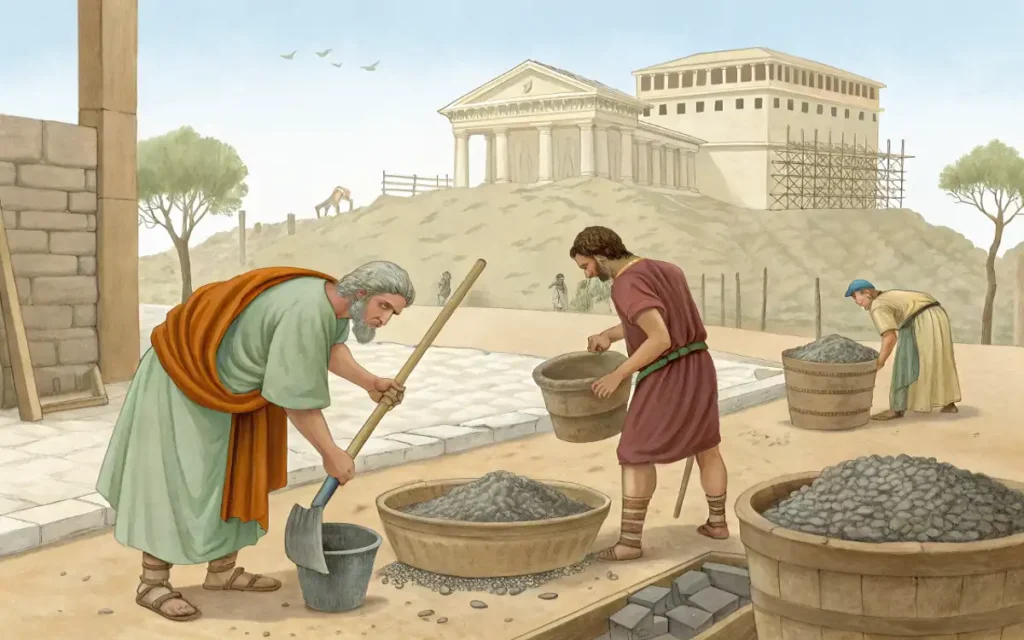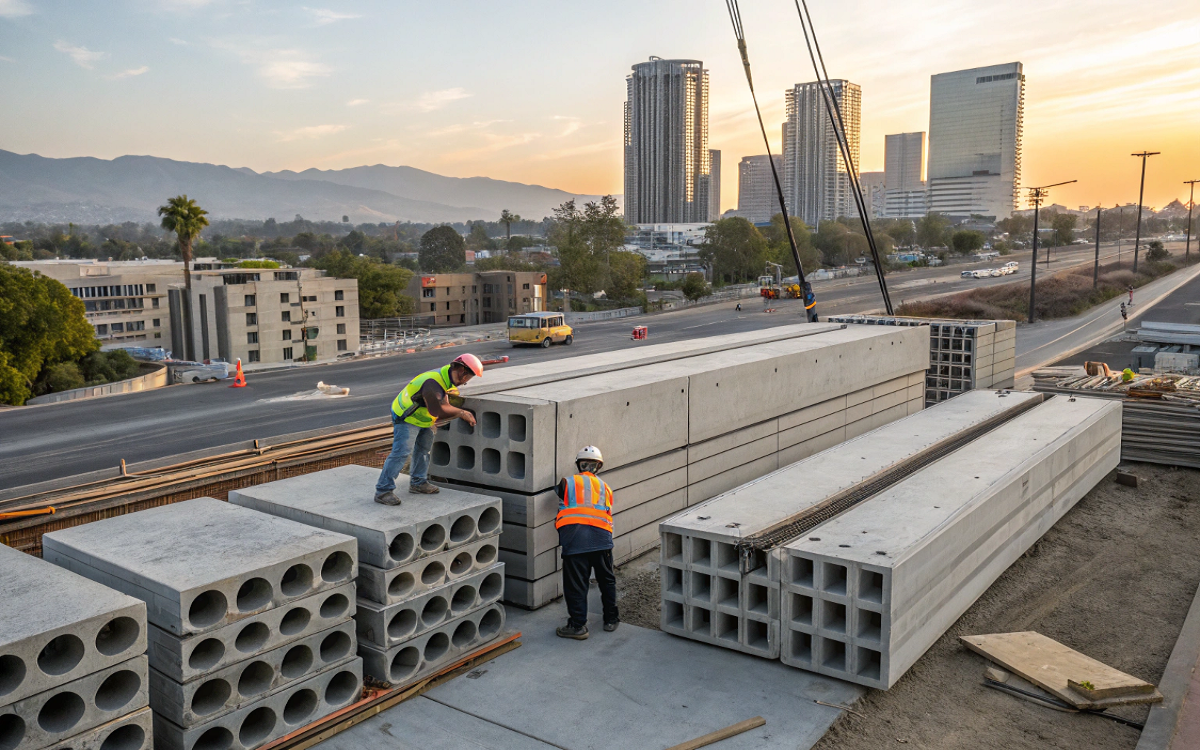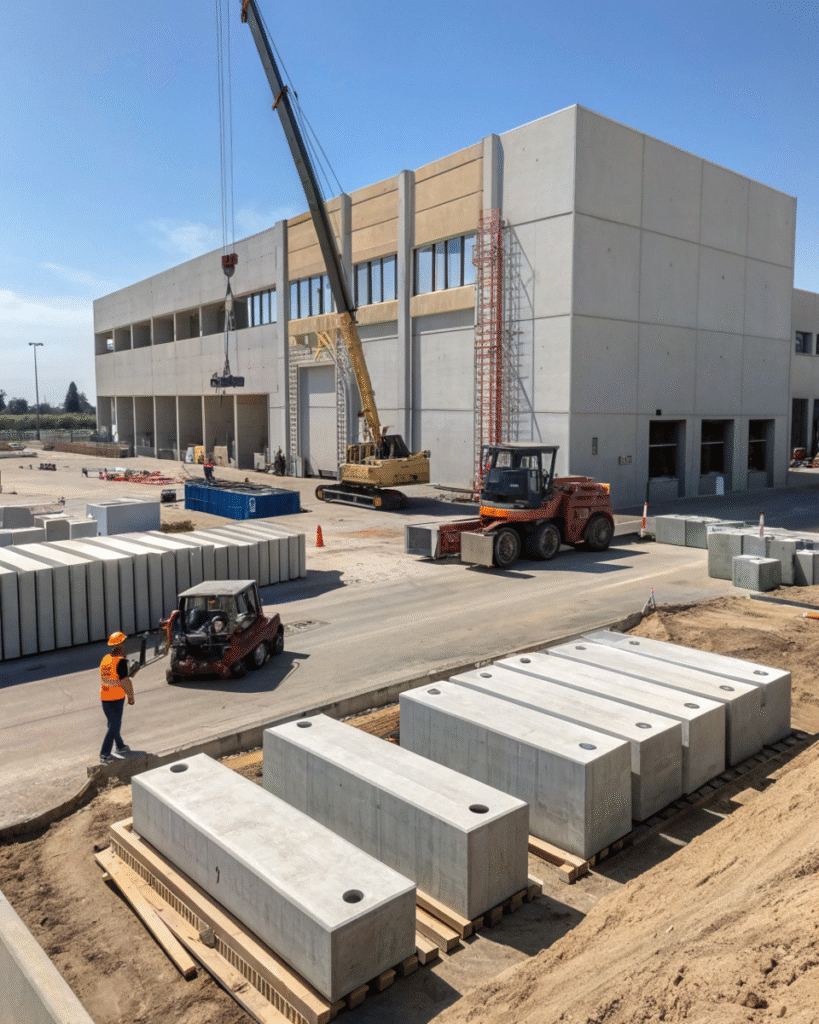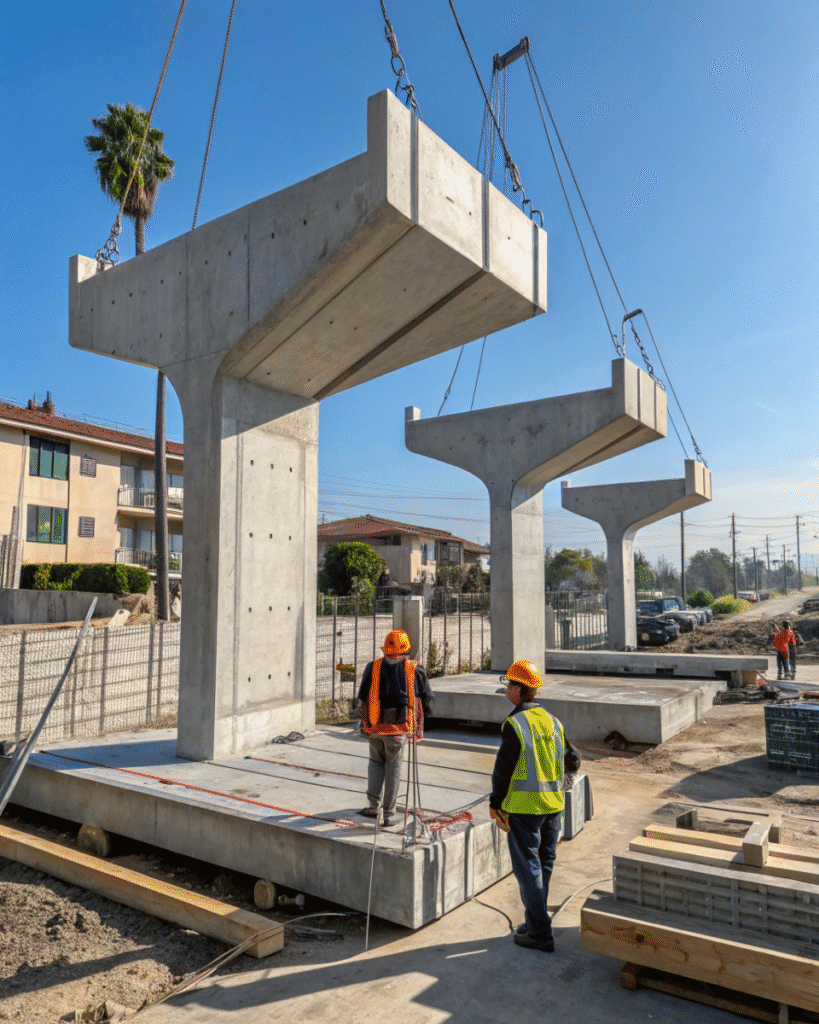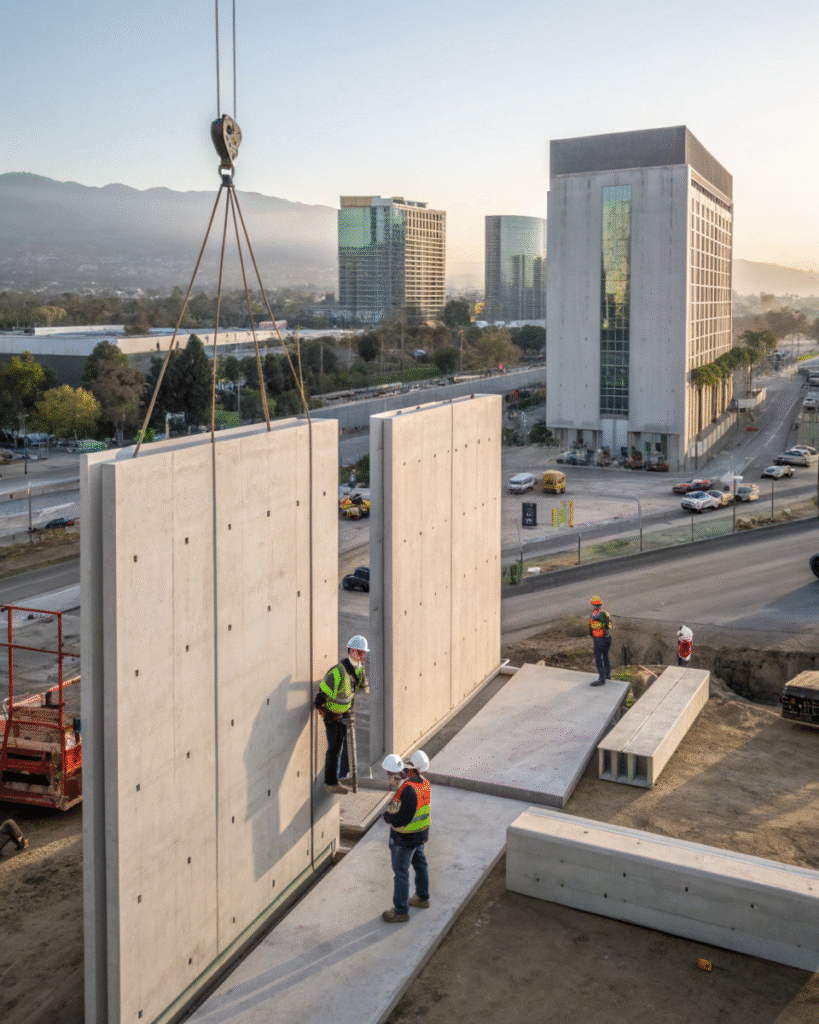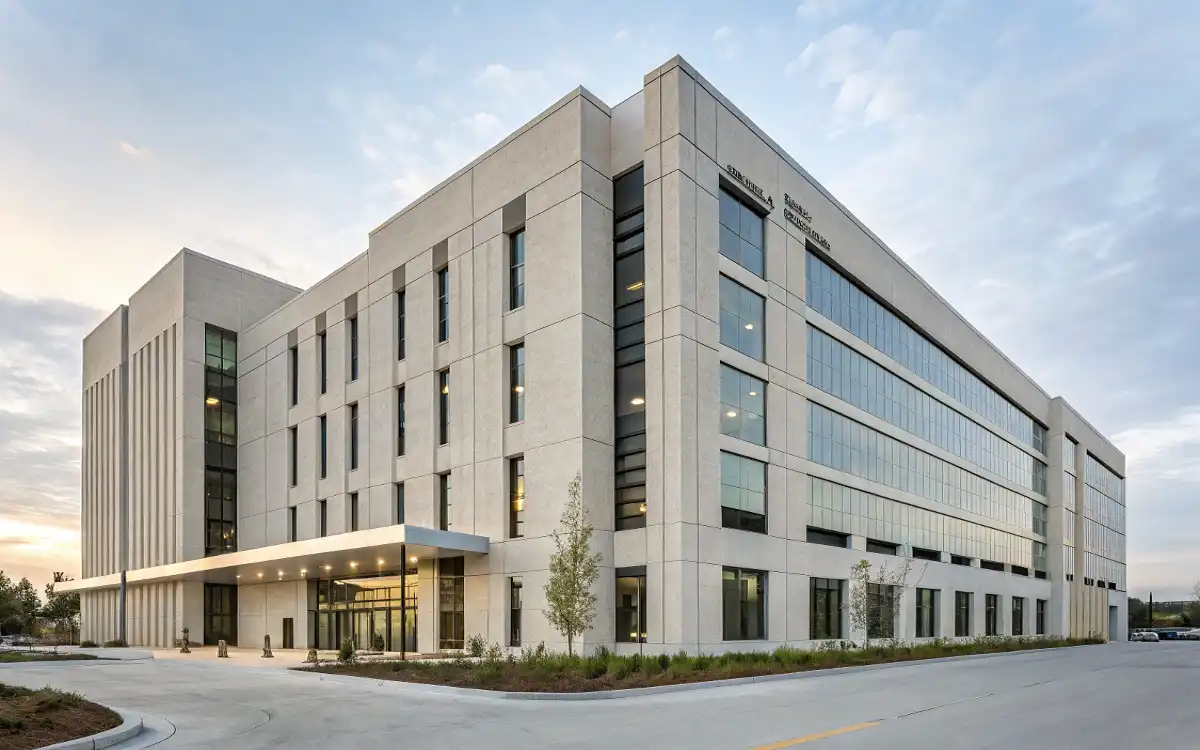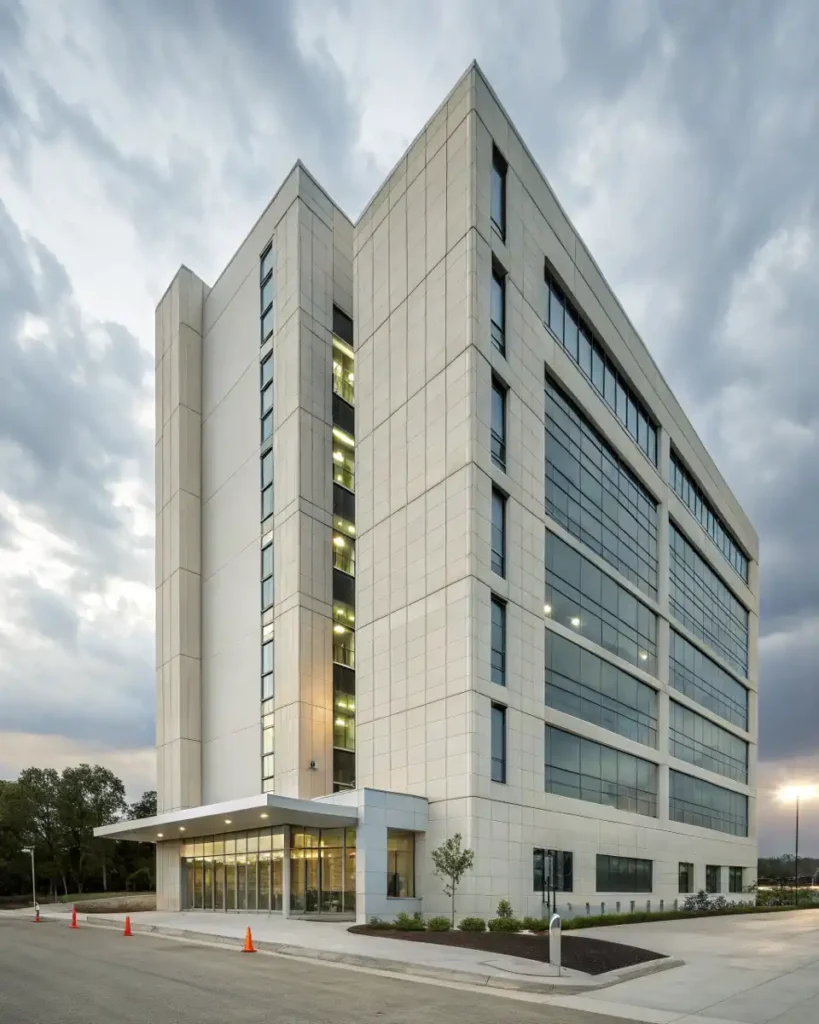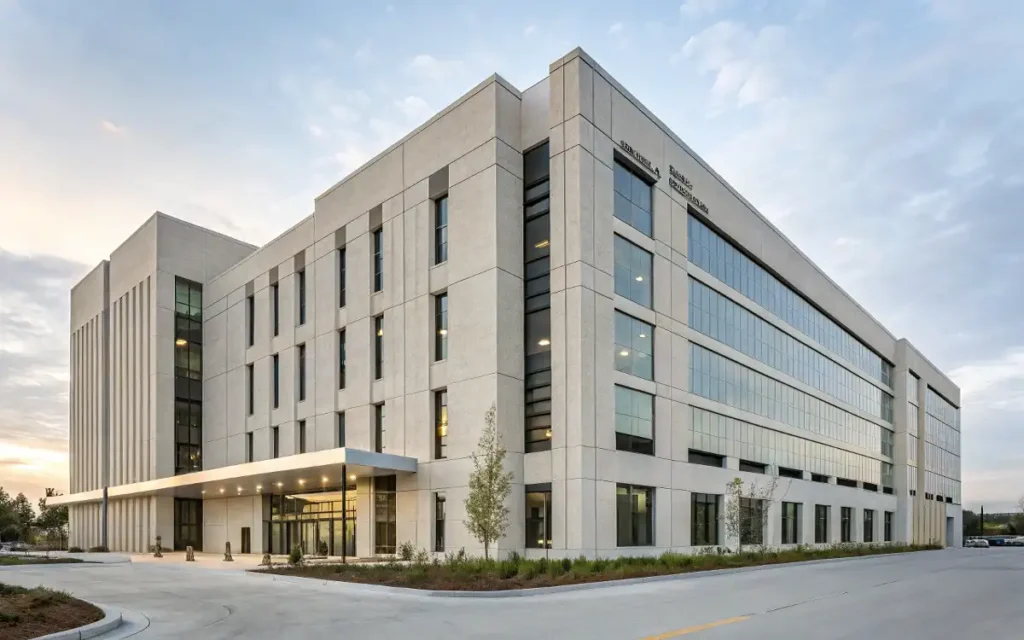Introduction
Modern buildings and infrastructures are starting to adapt precast structures. This remarkable change in design and construction is due to a unique feature in the construction of precast concrete. Precast concrete means concrete elements are constructed in a factory and then transported to the site for assembly.
This innovative approach demonstrates undeniable advantages over traditional custom-made site concrete construction. This innovative approach is a milestone in the construction industry.
Construction with precast concrete is expected to be a lot more popular in 2025 due to the increasing demand for quicker project completions and construction with sustainable practices.
This article is based on recent developments and trends in the market, and it will discuss the nine most important reasons where precast concrete structures will change construction for the better.
1. Accelerated Construction Time
The greatest advantage precast structures offer is the shortened construction period. This is because while site work is ongoing, elements are built at a different site.
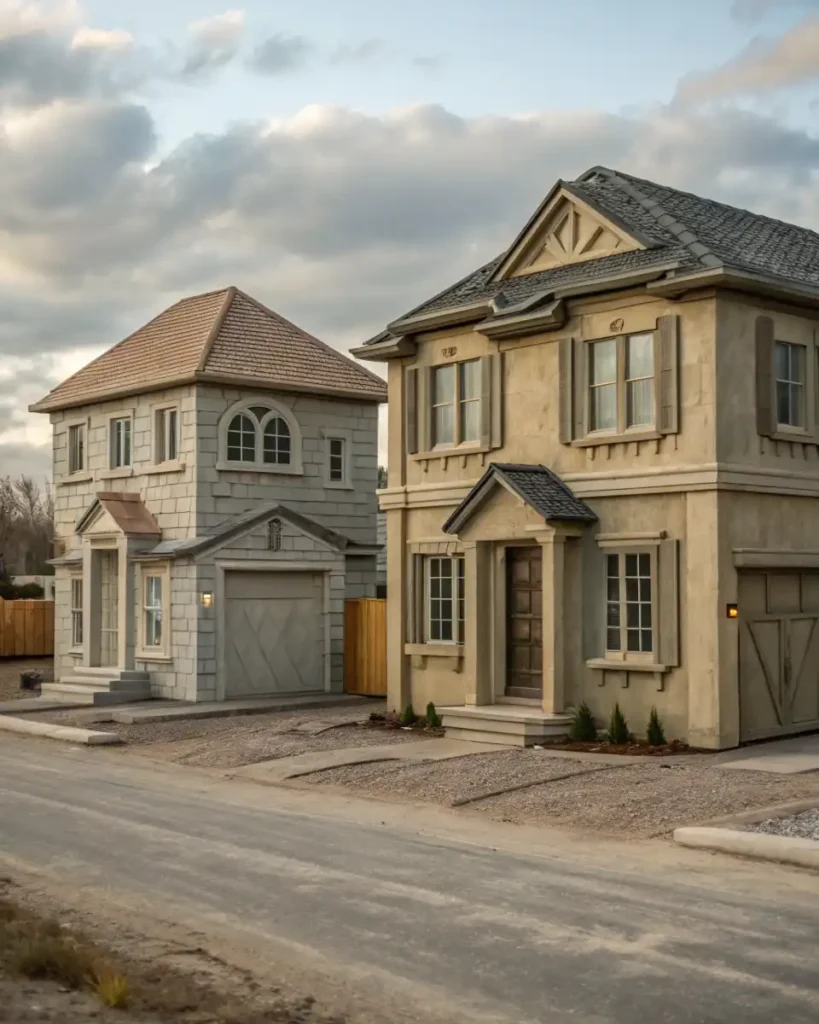
This allows for multiple tasks to be completed at the same time and cuts the time for the entire project. Quick assembly on site allows for the overcoming of delays on construction.
This shortened construction period leads to a decrease in the cost of labor, and it also allows for the facilities to be occupied in a shorter time.
2. Quality Control that Surpasses Expectations
The controlled environment within a factory provides the necessary conditions for the achievement of quality and consistency of Precast Structures concrete components.
The curing methods, mix designs, temperature settings, and formworks all receive stringent scrutiny. Concrete forms level of foresight generates products that are markedly superior to those that are site-cast concrete, because the defects and repairs required after construction are minimal.
3. Further Enhanced Durability and Longevity
Precast Structures concrete structures are exceptionally strong, and for a good reason. Dense concrete minimizes the adverse effects of acid and the environmental abrasion that concrete structures encounter.
The structures also require minimal maintenance and have an extended service life. They offer an range of long life, fire, impact, and weather resistance, and reduce life-cycle costs by weathering a range of conditions.
4. Optimized Future Cost
They Precast structures, especially vintage ones, incur a higher initial investment because of molding and transportation costs.
However, the value that the structures offer ultimately decreases the overall cost of the project due to reduced construction timelines, which optimizes labor value and relaxes financing costs. The value of property line reduced maintenance and repair will also offset costs in the future.
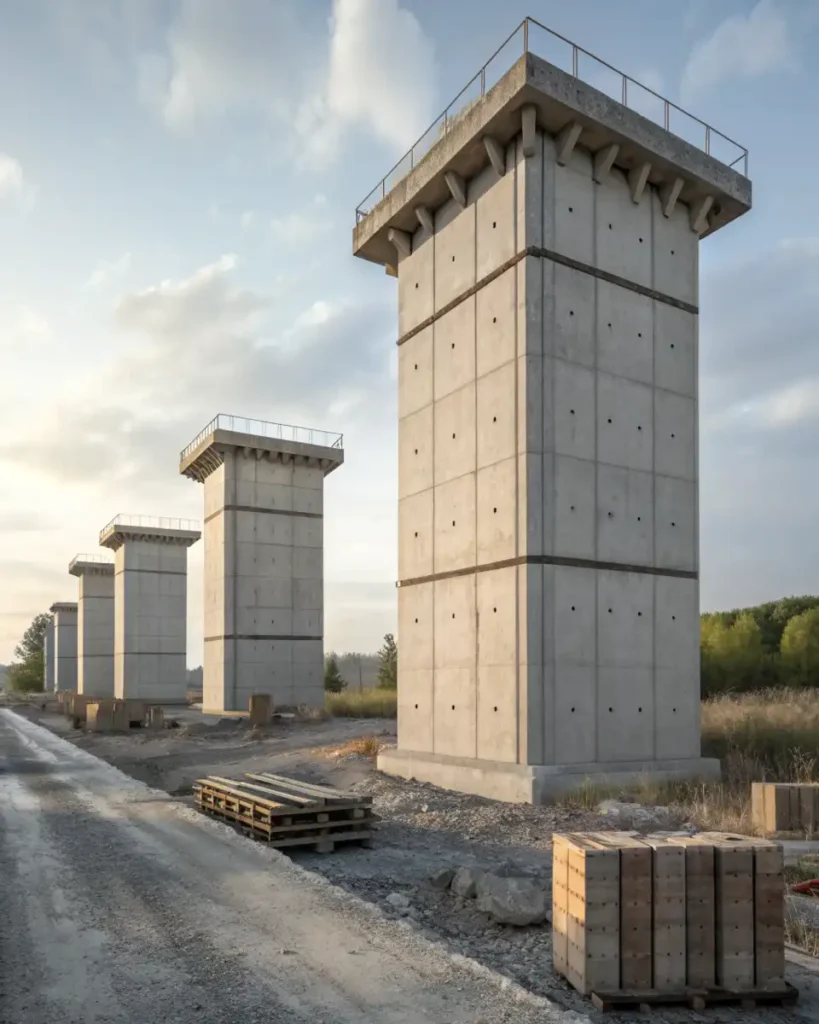
5. Sustainability and Environmental Impact
The innovations in construction for 2025 will mostly aim for sustainability. Precast Structures concrete recycles aggregates and uses industrial by-products such as fly ash, decreasing the amount of virgin materials needed.
Because production occurs in a factory, the optimal use of materials and the minimization of waste and pollution are possible. Precast constructions also provide energy efficiency in buildings, as insulated precast panels help maintain temperature and lessen HVAC load.
6. Freedom and Aesthetic Contribution
Precast constructions are not limited in the use of different colors, textures and the formation of shapes. This leads architects to the successful realization of a design.
Factory panels can achieve finishes comparable to natural stone, brick, or wood, and provide aesthetically pleasing surfaces that are smooth and uniform. This provides the opportunity in the combination of structural integrity and visual appeal, thereby improving market acceptance.
7. Improved Site Safety
The use of precast concrete diminishes the reliance on extensive formwork, scaffolding, and on-site concrete pouring, thereby reducing the risks to workers.
Safety under factory conditions is further guaranteed as the threats of adverse weather and poor site conditions are eliminated. Reduced on-site labor also improves the safety of a site, thereby decreasing the chances of construction delays caused by injuries.
8. Reduced Site Disruption and Waste
As with all construction work, a significant proportion of the work in a Precast Structures construction project will be completed off-site which furthers the benefits of off-site constructions in terms of reducing the generation of noise, dust, and debris.
This benefit is of utmost importance in the case of urban and sensitive construction projects, which require disturbance to neighbors and traffic to be minimized. Furthermore, the reduction of construction material waste during the factory process, as compared to the traditional method, reinforces the case of green building.
9. Integration of Smart Technologies
As of 2025, the precast concrete industry and production processes will be increasingly aligned with cutting-edge technologies such as digital design techniques in the form of Building Information Modeling (BIM), automation, and the incorporation of IoT sensors.
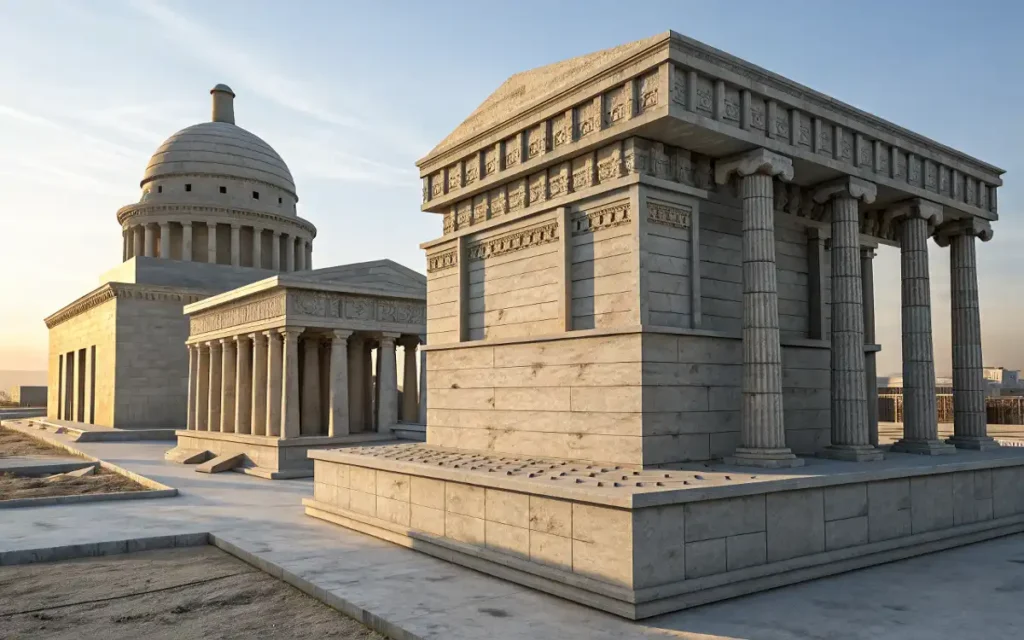
These technologies will enable the induction of time and motion studies to see the flow of work, which will be non real time, and aligned to techniques such as streamlining and just-in-time ordering of components.
The advancements of 3D printing, custom molds, and fiber reinforcements will allow the precast contractor industry to pivot and meet the needs of precast.
Summary of the benefits Precast Structures
| Benefit | Description | Impact on Construction |
| Accelerated Construction | Simultaneous off-site casting and site prep speeds up project completion | Reduces timeline and labor costs |
| Superior Quality Control | Factory-controlled production ensures consistent quality and strength | Enhances durability and reduces defects |
| Enhanced Durability | High resistance to environmental factors, fire, and impact | Extends building lifespan |
| Cost Efficiency | Lower lifetime costs through faster completion and less maintenance | Saves money over project life |
| Sustainability | Use of recycled materials and waste reduction in factory process | Supports green building certifications |
| Architectural Flexibility | Variety of finishes, colors, and shapes for design customization | Increases aesthetic versatility |
| Safer Construction | Reduced on-site hazards from less formwork and concrete pouring | Protects workers |
| Reduced Site Disruption | Less noise, dust, and waste on-site | Facilitates urban development |
| Smart Tech Integration | Use of BIM, automation, IoT sensors, and 3D printing enhances precision | Improves project management and quality |
In conclusion
The challenges of modern construction can be addressed more effectively with Precast Structures concrete structures. Precast concrete works to accelerate the project completion in a holistic way as work is completed off-site and all the components are built with the best modern methods.
The reduction in all the negative factors signifies a shift in building methods construction to precise methodologies in all sectors. 2025 will see new innovative methods of construction with modern tools and techniques built around precast concrete.
For Repair and Services
1924 W Edward Ln, Milwaukee, WI 53209, United States
Phone: +14142855933
Email: [email protected]
